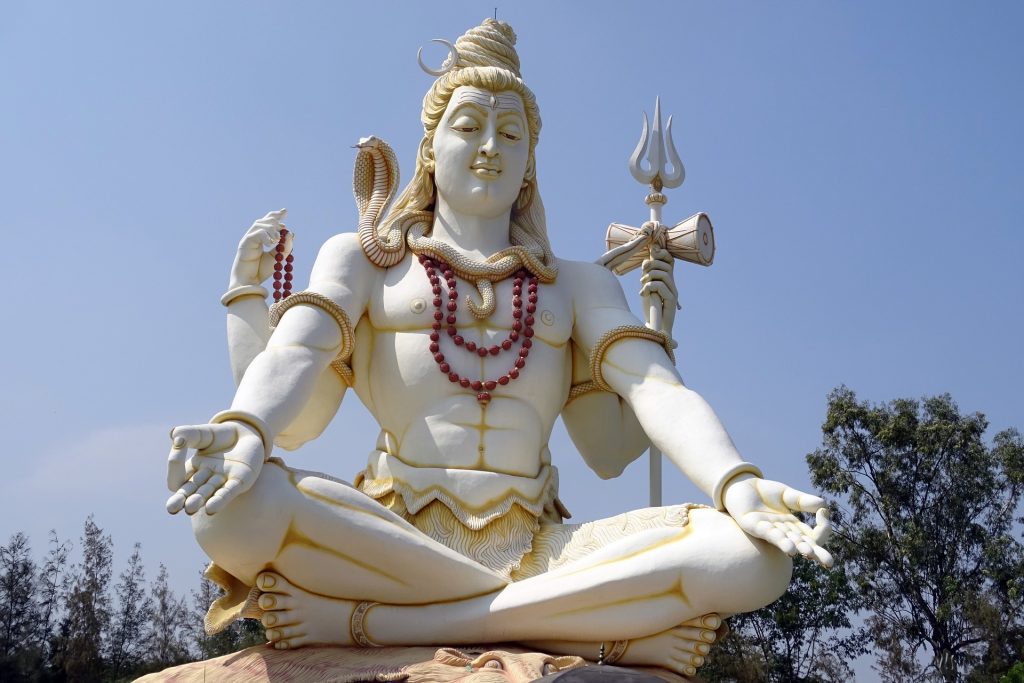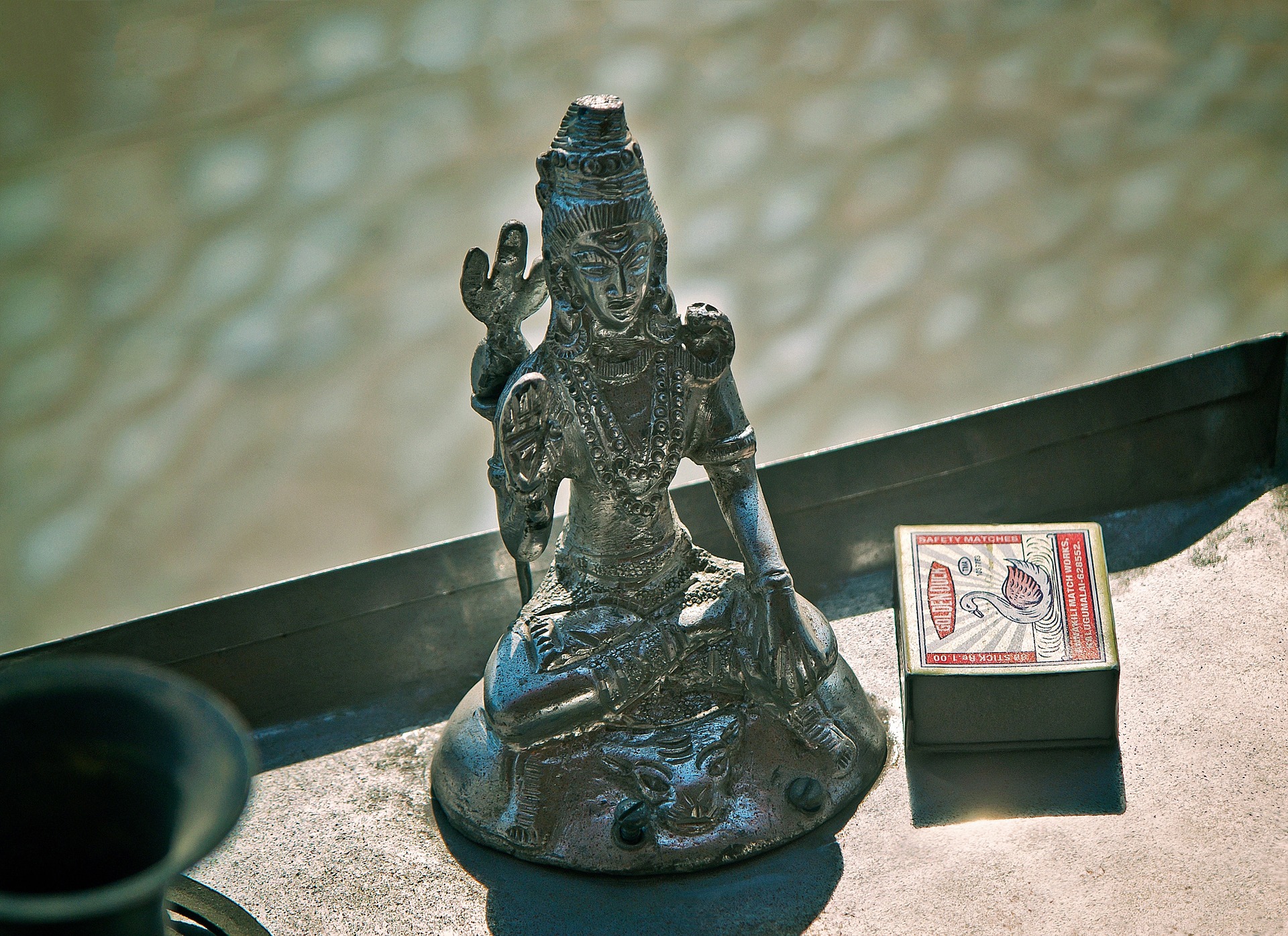India’s capital city New Delhi is among the top in terms of cannabis consumption according to new research from ABCD, consuming around 38.3 tons of marijuana in 2018 alone.
The country ranks third in the top 10 weed smoking destinations, coming in after Karachi and New York, despite the laws surrounding cannabis being confusing.
Mumbai also makes it in the top 10 which begs the question, is India capitalising on the amount of cannabis consumers they have within their 1.3 billion population?
Cannabis in India has been used since for at least 4,000 years, and is described in sacred Hindu texts (The Vedas) as one of five sacred plants and that a guardian angel lived within its leaves.
The Vedas called cannabis a source of happiness, a joy giver and a bringer of freedom. During this time cannabis was also smoked daily at devotional services and religious rituals.
Cannabis is considered ‘partially’ legal in India, with a different legal status being outlined for the hemp plant and cannabis itself.
The most commonly consumed version of cannabis in India is ‘charas’, which is a dark type of resin that resembles hashish. Interestingly it is regulated in India under the Narcotic Drugs and Psychotropic Substances Act 1985 (NDPS).
‘No evil results’
Contrastingly, in 1894 an Indo-British study undertaken by The Indian Hemp Drugs Commission found that the moderate use of hemp drugs was “practically attended by no evil results at all”, “produces no injurious effects on the mind” and “no moral injury whatever”.
The commission found that suppressing the use of ‘bhang’ (an edible cannabis preparation) would be unjustifiable as its use is an ancient practice. It also has some religious use among Hindus, that it is harmless in moderation, and even that alcohol causes more harm.
Up until the 1980s, when the legislation came into fruition, ganja, charas and bhang were freely available and used, in some cases they were sold from government-owned shops.
According to India’s murky regulatory and legal framework, charas and ganja production is illegal, while the production of cannabis products with seeds and leaves is legal, with various states having their own laws on banning or restricting use.
The law in India does not recognise the leaves of the cannabis plant as a narcotic and allow the leaves that grow naturally in the wild to be harvested.
Seeds and leaves create a popular drink in India called bhang, which is typically consumed around the annual Holi festival in march, and has been used in food and drink since as early as 1000BC in ancient India.
The god, Shiva is often associated with cannabis – particularly the bhang drink.

Legend says that Shiva fell asleep under a leafy plant on a hot day and when he awoke, his curiosity led him to try the leaves of the plant and, on becoming instantly rejuvenated, he made the plant his favourite food and became known as the Lord of Bhang.
Alongside the plant’s historical roots in India, cannabis was explored medicinally in 1000 BC within ancient Ayurvedic texts where cannabis indica is mentioned as being used for pain relievers, aphrodisiacs, anxiety, rabies and many other ailments.
Cashing in on the cannabis crop
India’s economy has been losing steam over the past year, exemplified by several top companies including Maruti losing traction in the stock market.
With this in mind, the country needs to think innovatively to spur life back into its flailing economy.
Canada and several states in the US took the bold step to legalise cannabis. While this may seem like a brash decision to many, it has resulted in significant economic gain for a number of states with the entire market expected to be worth $47.3 billion annually by 2024 in North America.
If India began to capitalise on their nation’s rampant weed use, it could well be a catalyst for spurring immense economic growth.
The price of cannabis in India is particularly cheap in comparison to other global competitors, with a gram being as inexpensive as $4.38 in Delhi and $4.57 in Mumbai, ranking 10th and 11th in the worlds cheapest weed rating.
Nonetheless, if cannabis was legalised and taxed by the government, Delhi could net around $101.2 million or Rs 727 Crore as of today’s exchange rate, if the plant was taxed in the same way as the most commonly sold cigarette brand in India.
Another factor would be if they legally exported it to other nations where it was legal, like the US and Canada. As the living wage in India is far lower than in the west, the cost of production would be far lower, meaning that the potential mark-up in exporting would be much greater than if it was sold domestically.
It could also be a totally unique selling point as cannabis products produced in the Kashmiri region of India and Pakistan are totally different to anywhere else in the world due to its mountainous yet warm climate, enabling the plant to naturally flourish.
The plant is indigenous to and originates from central Asia and the upper south Asia region therefore is found growing in abundance within India, growing wild throughout the Himalayan foothills and adjoining plains, from Kashmir in the west to Assam in the east.
Punishments for the plant
The famous case of a British backpacker being arrested for weed possession in a Mumbai airport made the headlines a decade ago. He was slapped with a 10-year sentence before being extradited back to the UK.
Under section 20 of the NDPS Act1985, possession of small quantities of charas, hashish and ganja can earn individuals a penalty of ten thousand rupees or a jail term of six months to a year.
It raises the question: How much of India’s resources are being wasted in terms of law enforcement and imprisoning cannabis consumers, and how much would be saved if cannabis was decriminalised or even legalised?
Although making cannabis illegal in India is seen to restrict use, as is the same in other countries, illegality of substances drives the black market, and the charas black market internationally continues to be a big problem.
Legalising cannabis could create a new cash crop for the region with a potentially high revenue stream and generate new employment for thousands of farmers and pull the economy back out of the soil.


